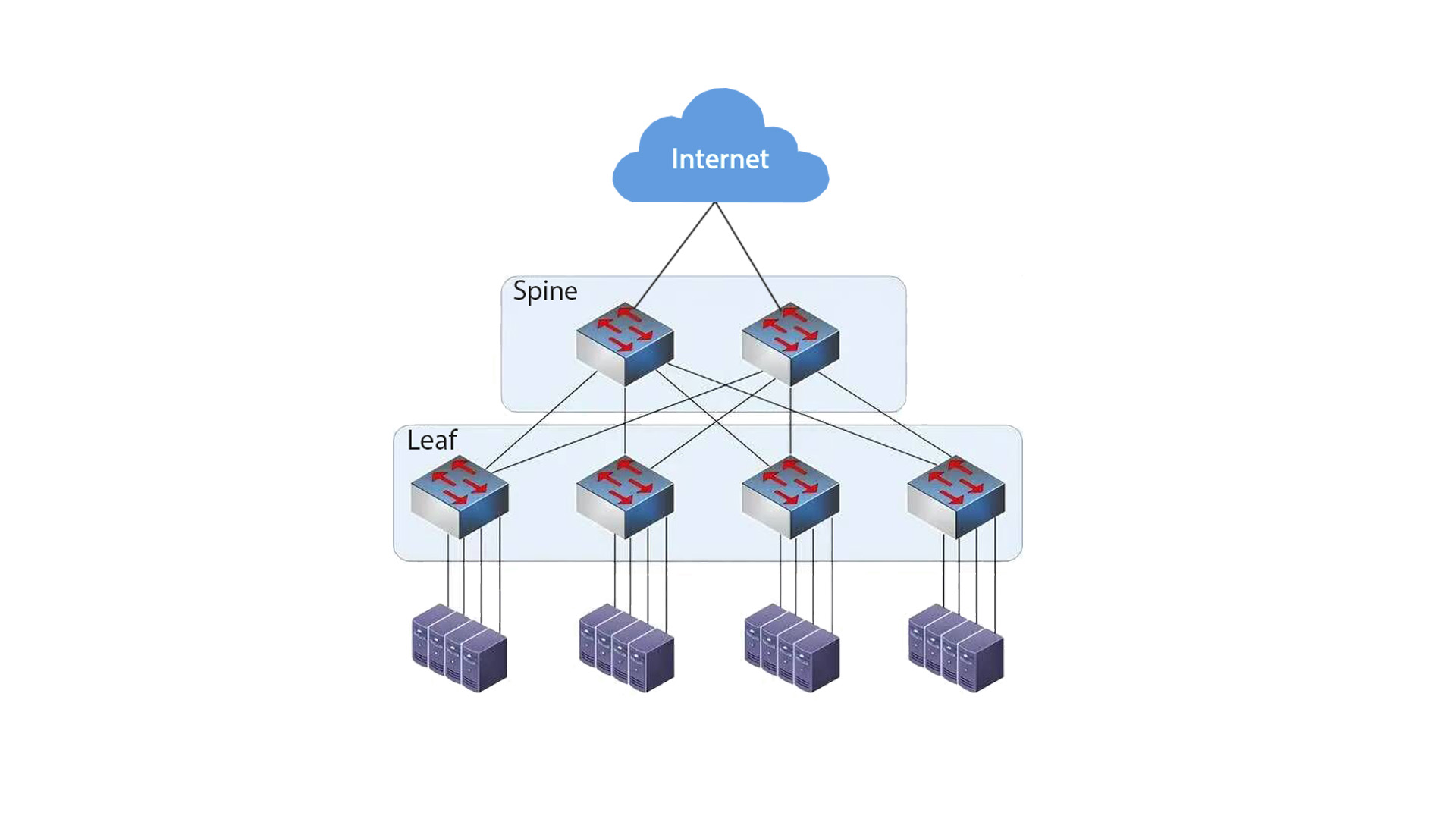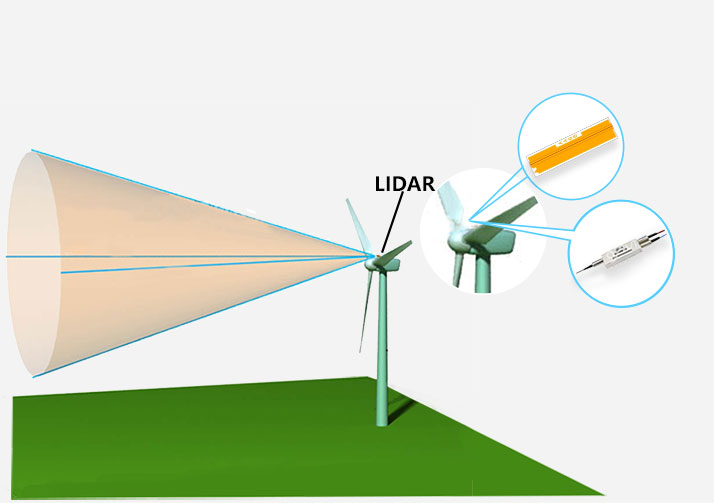PM Magneto Optical Switches vs Non-PM Magneto-Optical Switches
2024-07-19
Magneto-optical switches are crucial components in modern optical communication and signal processing systems. They are used to control the routing of light through optical fibers by utilizing the magneto-optic effect. However, these switches come in two primary types: polarization-maintaining (PM) and non-polarization-maintaining (non-PM). The primary difference between PM and non-PM magneto-optical switches lies in their ability to preserve the polarization state of light as it passes through the switch. Understanding the differences between these two types is essential for selecting the right switch for a specific application.
Polarization-Maintaining (PM) Magneto-Optical Switches
1. Polarization State Preservation:
PM magneto-optical switches are designed to maintain the polarization state of the input light. This means that if the input light is polarized in a specific direction, the output light will retain this same polarization state. This capability is crucial in applications where the polarization of light needs to be controlled and preserved, such as in certain types of interferometry, fiber optic sensing, and quantum communication.
2. Design and Structure:
PM switches use special polarization-maintaining fibers and components that are carefully aligned to ensure that the polarization state is not altered. They often incorporate birefringent materials and precision alignment techniques to minimize any polarization changes caused by the switch.
3. Applications:
PM switches are used in systems where polarization sensitivity is critical. This includes advanced communication systems, high-precision measurement systems, and certain types of signal processing where maintaining the polarization state is essential for proper operation.
Non-Polarization-Maintaining (Non-PM) Magneto-Optical Switches
1. Polarization State Variation:
Non-PM magneto-optical switches do not preserve the polarization state of the input light. The polarization state of the light can change as it passes through the switch. These switches are generally used in applications where the polarization state is not important, or where the system can tolerate variations in polarization.
2. Design and Structure:
Non-PM switches use standard single-mode or multimode fibers and components, which do not have the specialized structures needed to maintain the polarization state. They are typically simpler and less expensive than PM switches due to the lack of need for precision alignment and specialized materials.
3. Applications:
Non-PM switches are suitable for general-purpose optical switching where the main concern is the routing of the optical signal rather than the maintenance of its polarization state. They are commonly used in telecommunications, data center networks, and other optical networks where polarization is not a critical factor.








